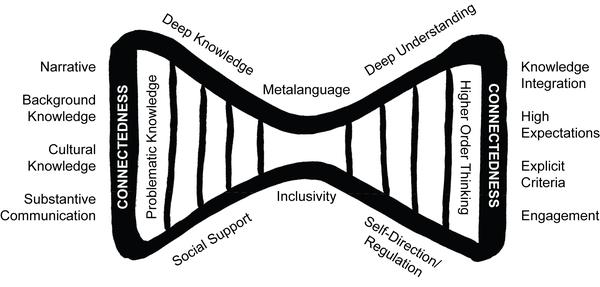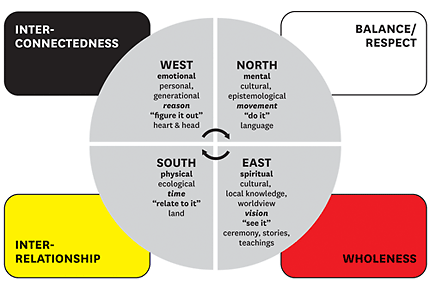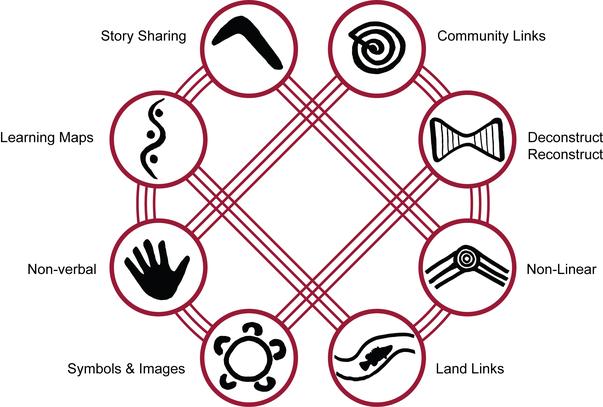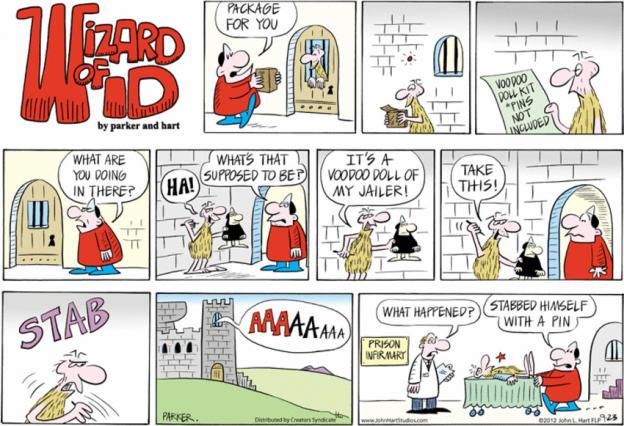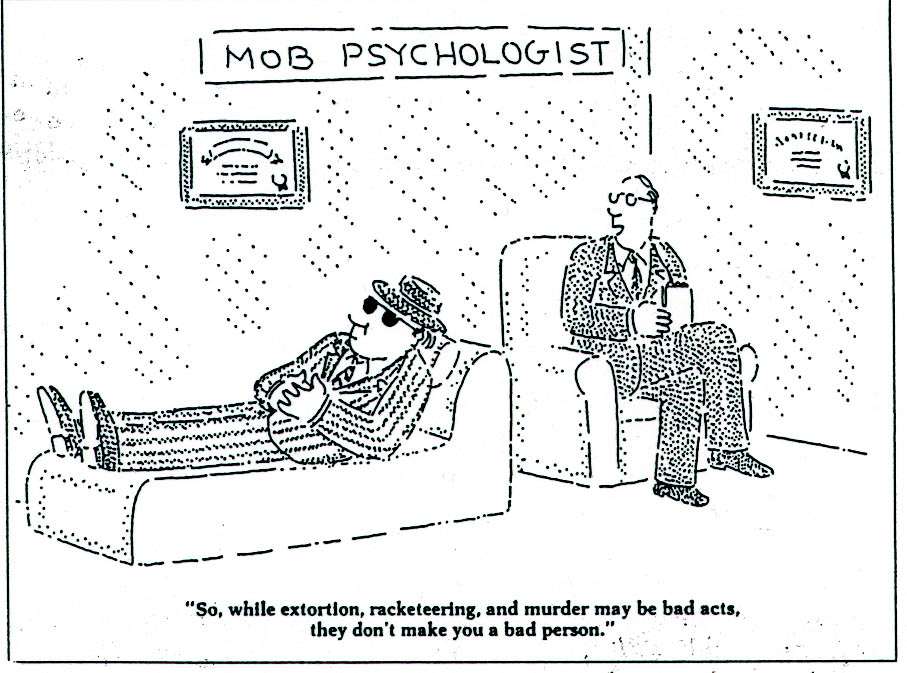THE JUNIORS 3 0 4 4 2 7 0 5 x25 THE KATZ'S 3 1 4 1 1 7 3 4 x24
The Dilemma (opening day 2015, our 25th year begins)
It is the bottom of the sixth and the home team is losing 10-20. I hit a soft grounder up the middle of the infield. Jedi Master Matt was on first base at the time so he took off for the second base. I get to first base. I hear a commotion. A lone voice from the home team plaintively asserts: “He is safe all the way.”
Whereas, from the team in the field, come eruptions disputing the soon-to-be irrelevant opinion, and these eruptions are followed by vigorously argued alternative accounts, accounts which fly up like rubber-band powered airplanes, except the rubber bands have not been wound. These accounts collide and clatter to the ground.
Walt, the first baseman, stands next to me and offers his own view. He steps away from the base path and the legion of visiting players, stuck somewhere between a Greek chorus and a forty year reunion of The Vienna Boy’s Choir, turns toward me and moans a chorus of certitudes spiced with complaint.
Walt turns toward me. “What is your call?”
To myself, briskly, I consider the possibility of the confirmation bias having infected the perceptions of the visitors. I consider the several colliding narratives. I noted for my own part, my own senses were holistically focused on reaching first base. And, anyway, Walt blocked my view.
I regarded the rare facticity of uncertainty and a Bayesian assessment unable to be—no, I didn’t do this. Rather, I appealed to a principle of ethical utility that sometimes comes into play in our free play. A rout was at hand, and yet momentum was maybe to swing for a moment in the direction of the underdogs. A window clamped down all winter could be heard ascending its rusty tracks.
I thought to myself:
It is not a sure thing, but a possible thing, that the see-saw might swing toward competitive equilibrium if I grant amidst an irresolvable conflict that a higher, and grander principle be served. Understanding a close game favors the greatest good for the greatest number, I turned my head away from the protestors and toward the Jedi Master.
“Matt, they report you never even touched the base. Are you touching the base now?”
Yes! He replies.
Then I call this man safe today!
Basis of moral judgment:
I Moral value resides in external, quasi-physical happenings, in bad acts, or in quasi-physical needs rather than in persons and standards.
Stages of Development:
1. Obedience and punishment.
2. Naively egoistic orientation
Basis of moral judgment:
II Moral value resides in performing good or right roles, in maintaining the conventional order and the expectancies of others.
Stages of Development:
3. Good-boy orientation.
4. Authority and social-order maintaining orientation 25%
Basis of moral judgment:
III Moral value resides in conformity by the self to shared standards, rights, or duties.
Stages of Development:
5. Contractual legalistic orientations
6. Conscience or principle orientation 75%
(Kakkori et al, adapted from Kohlberg, Levine, & Hewer (1981) Leena Kakkori, Rauno Huttunen, Gilligan-Kohlberg Controversy and Preliminary Conclusion)
Fortunately for me, the visitors eked out a one-run win in one extra frame. . . .smiling faces all around.

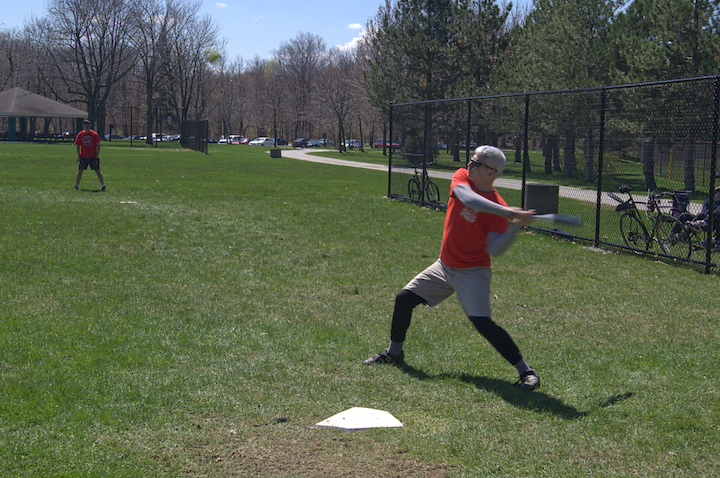
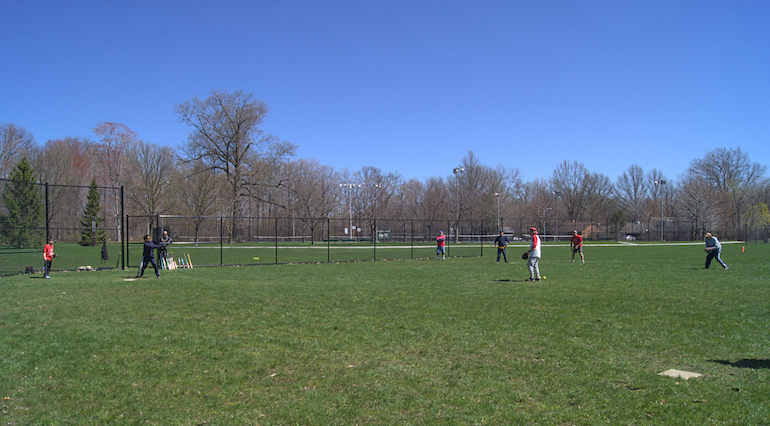
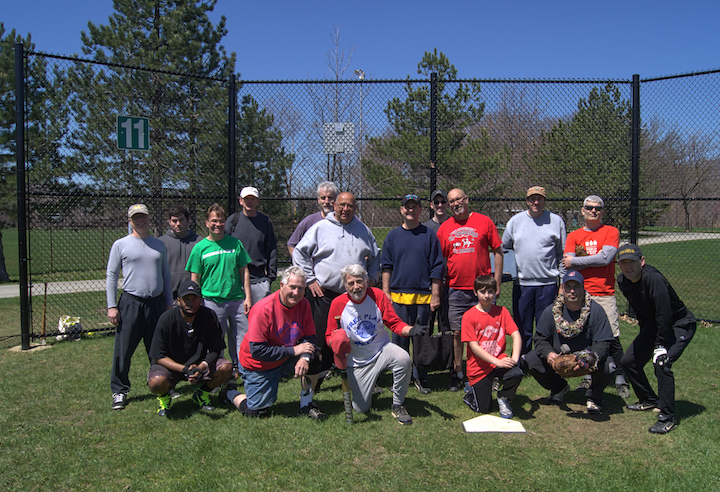


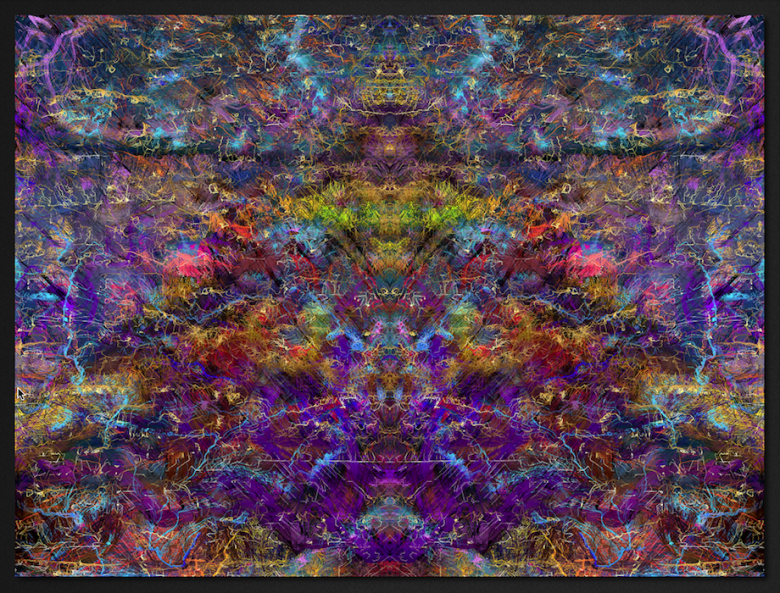
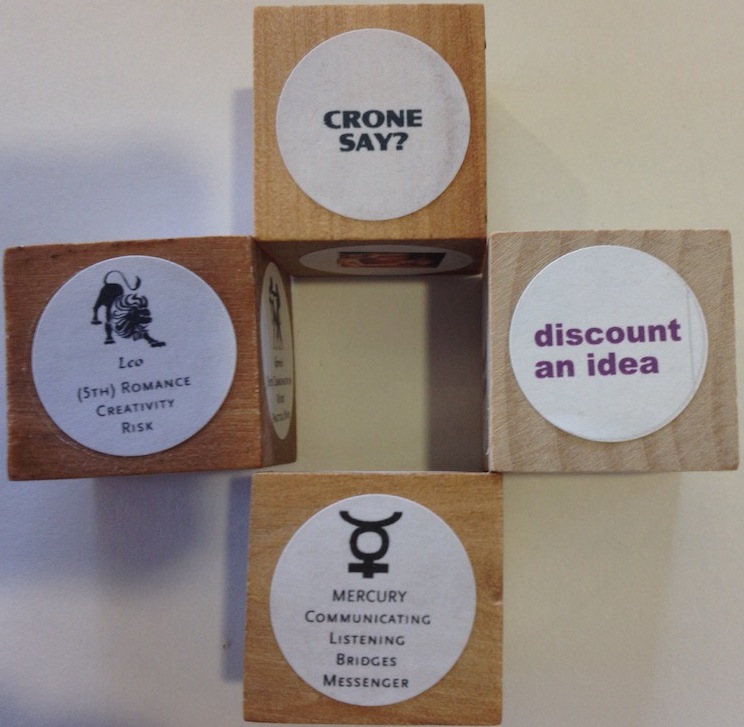
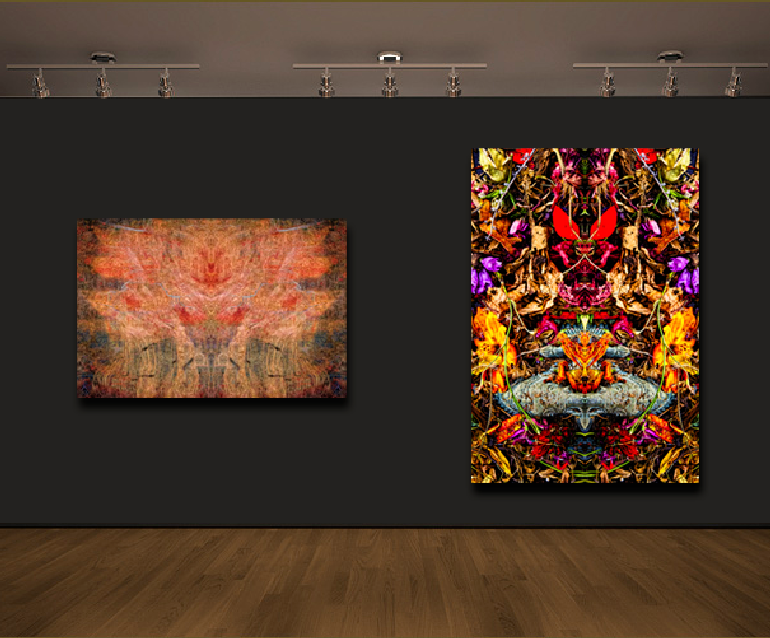
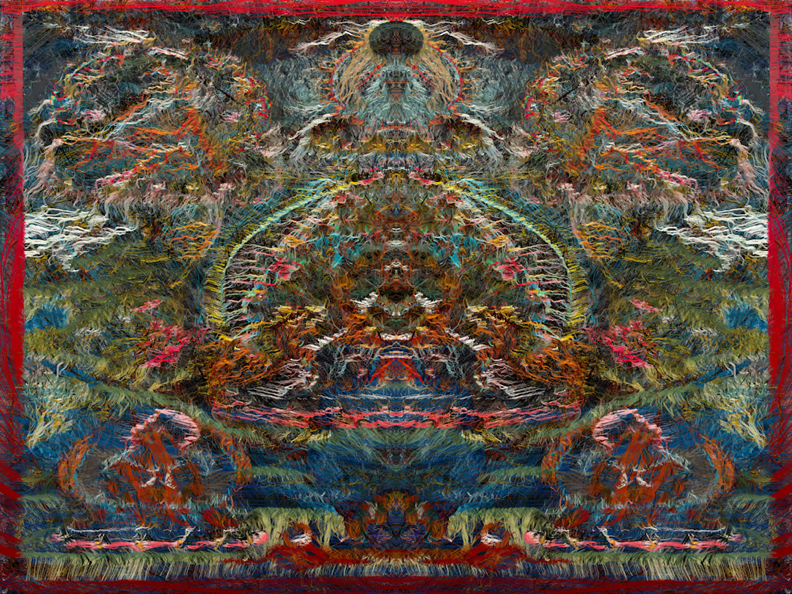
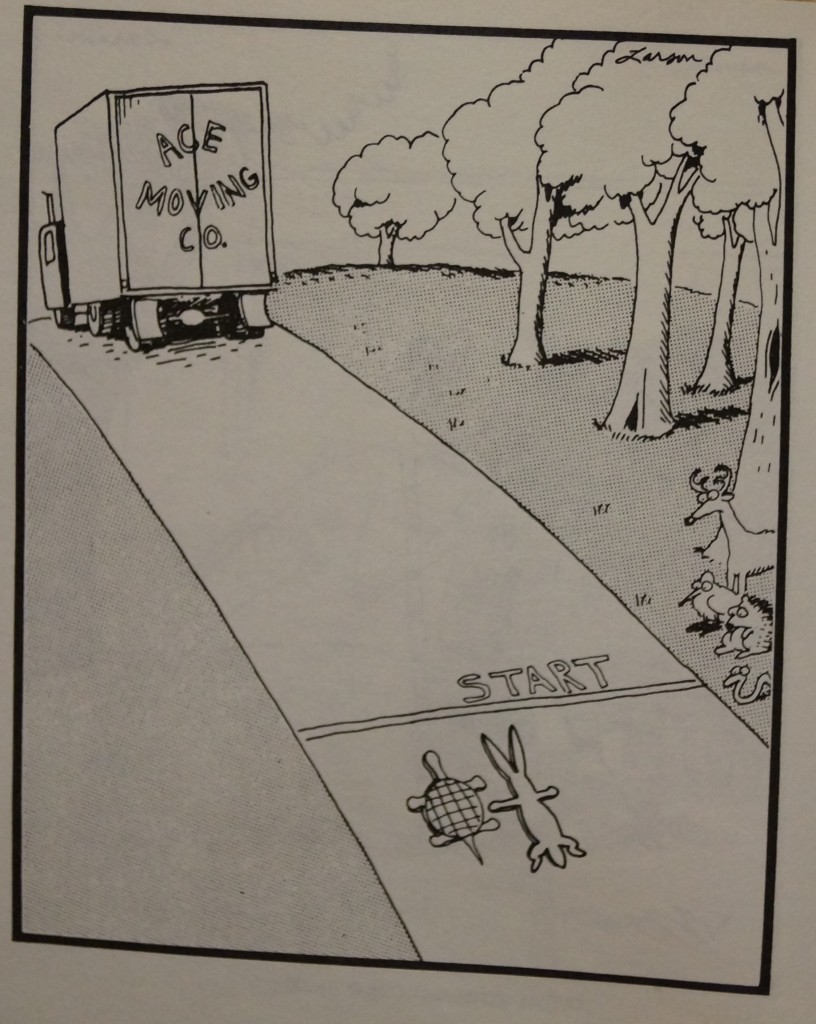
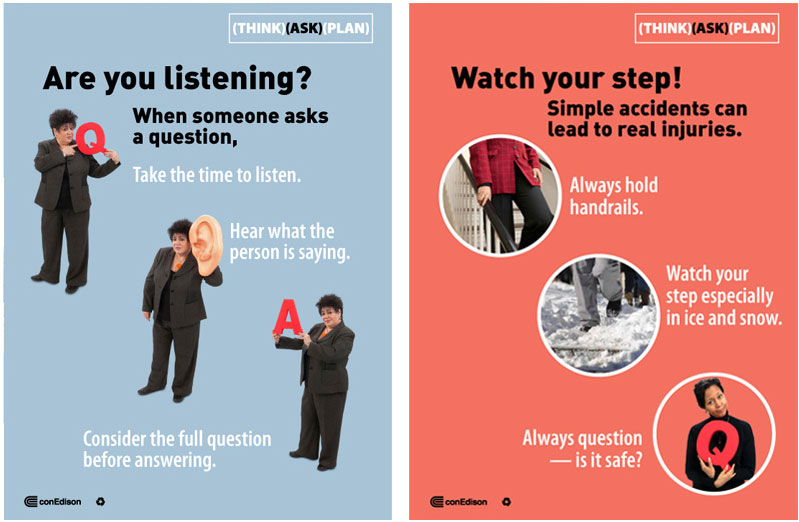
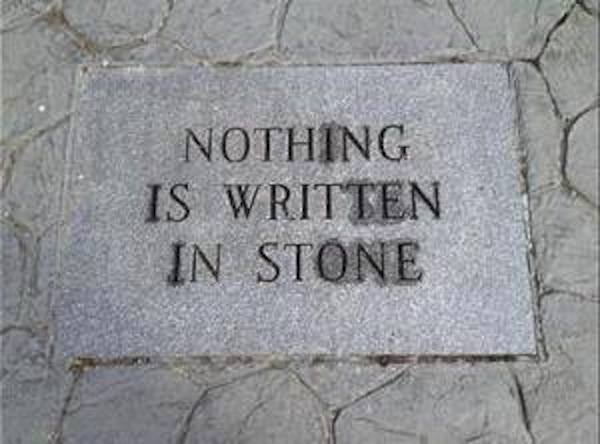
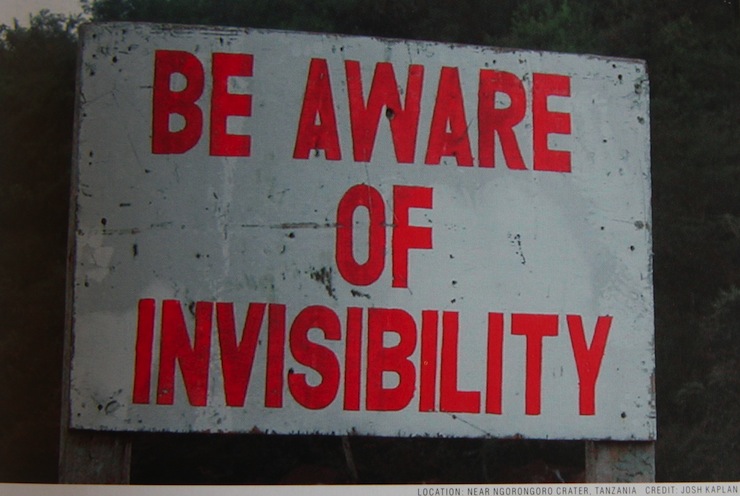
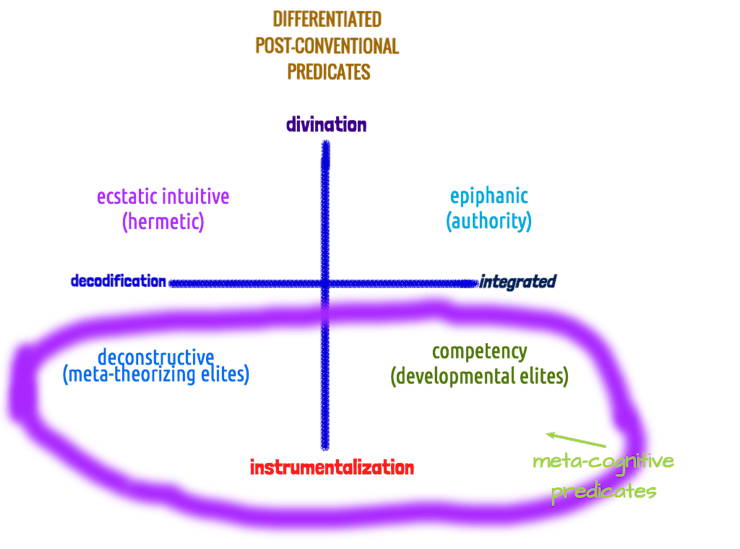
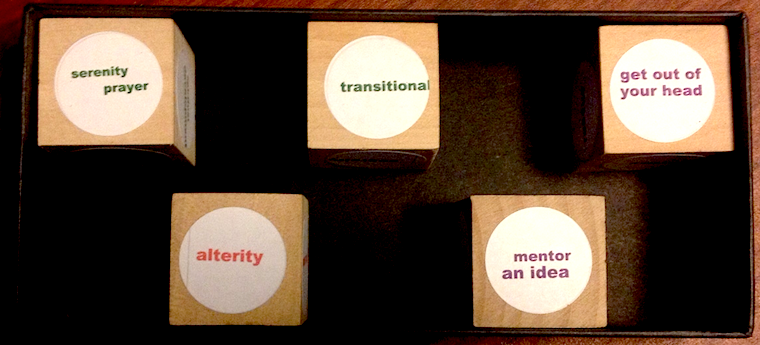
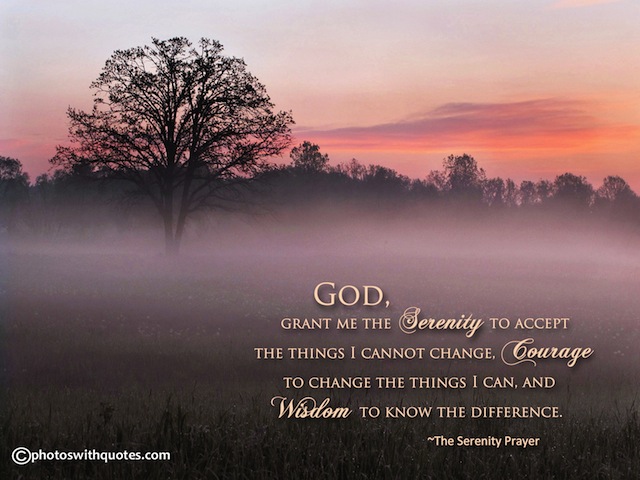
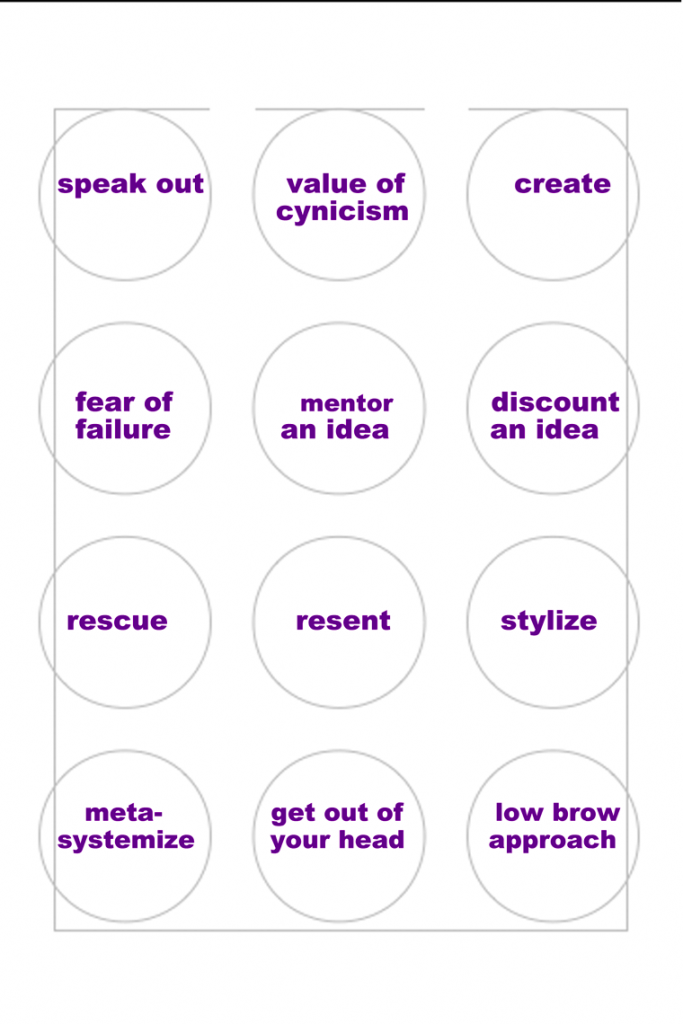
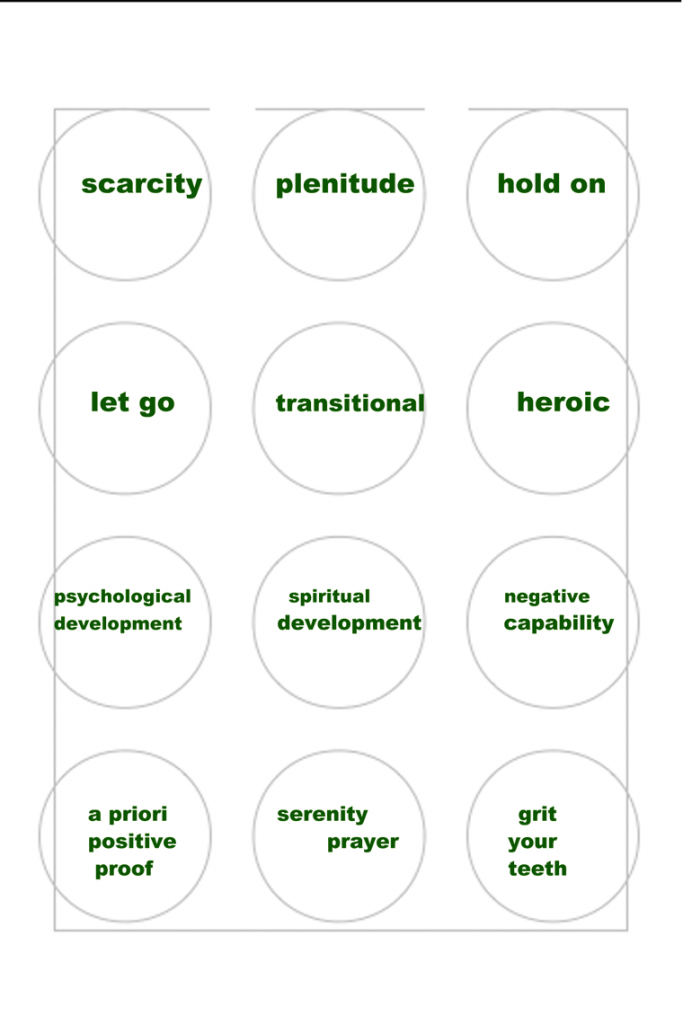
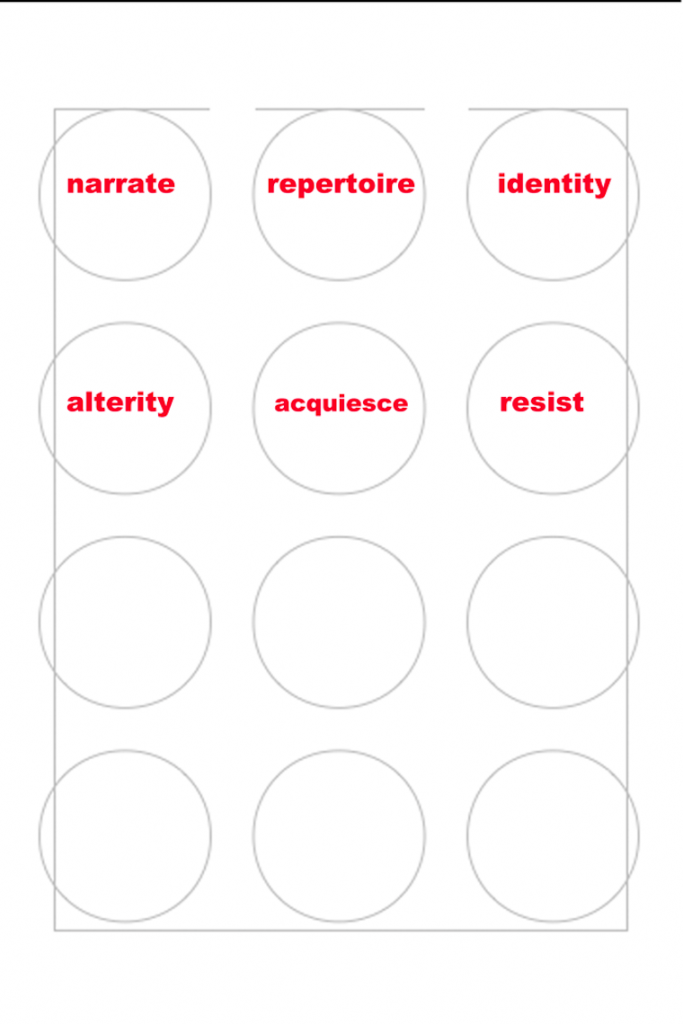
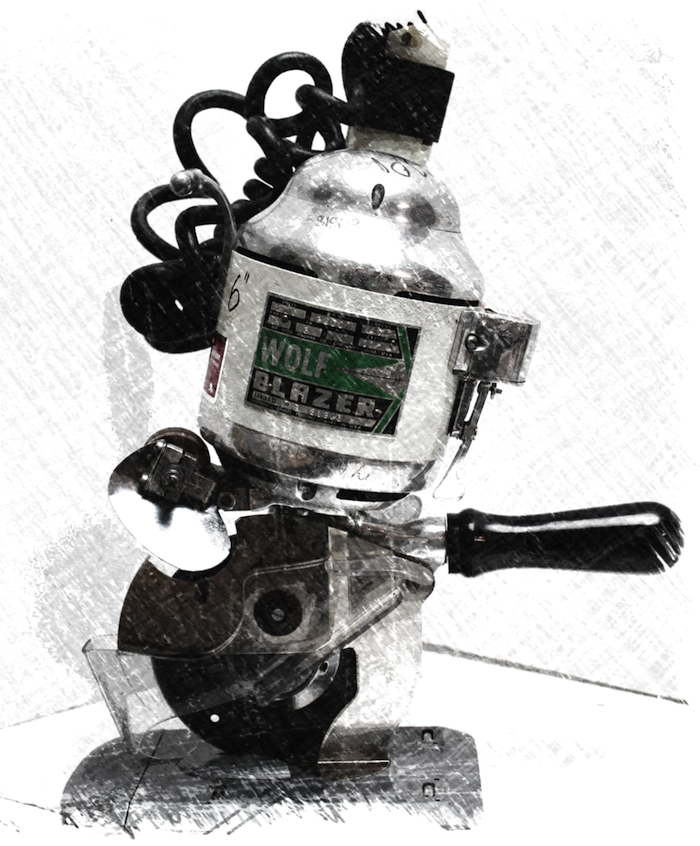

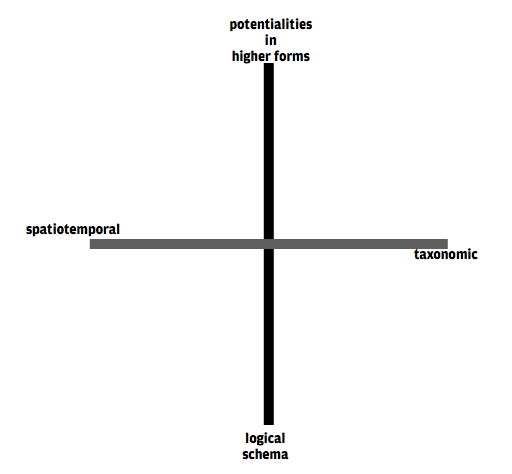
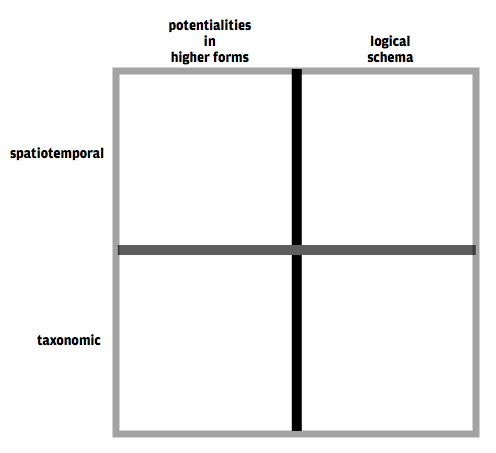


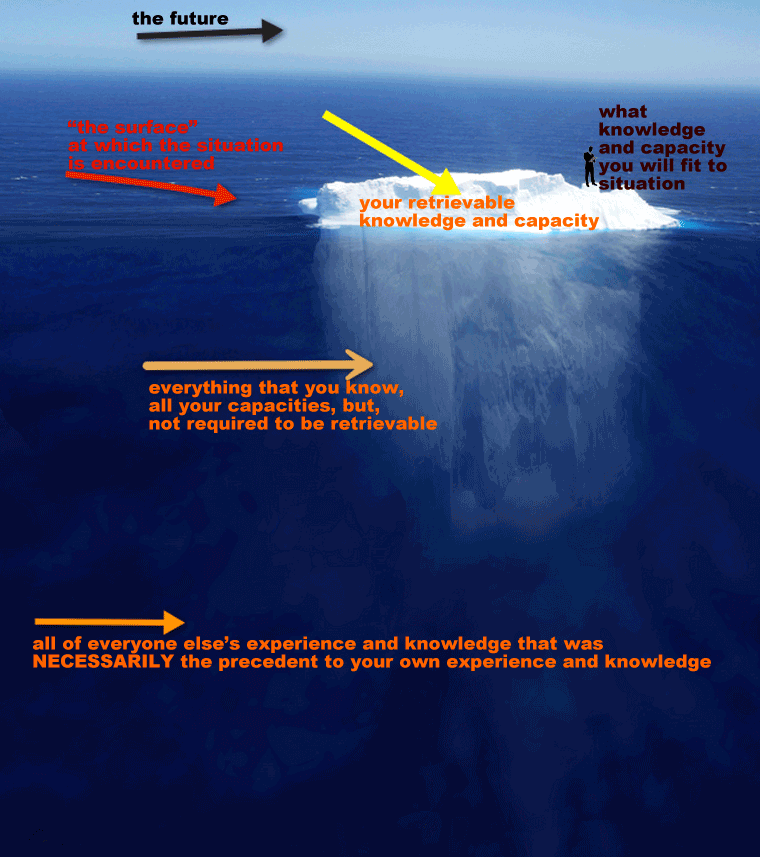 One view of the reduction to practice, or to application.
One view of the reduction to practice, or to application.